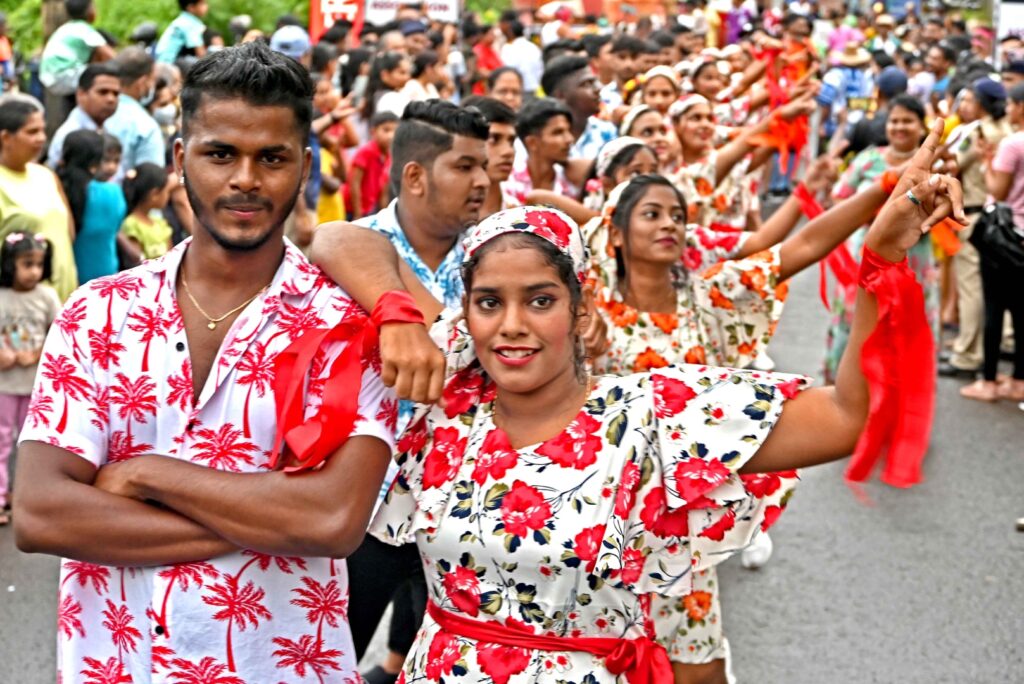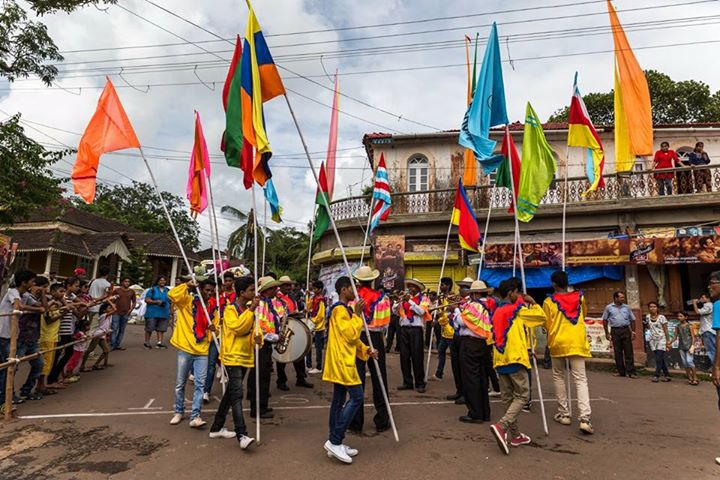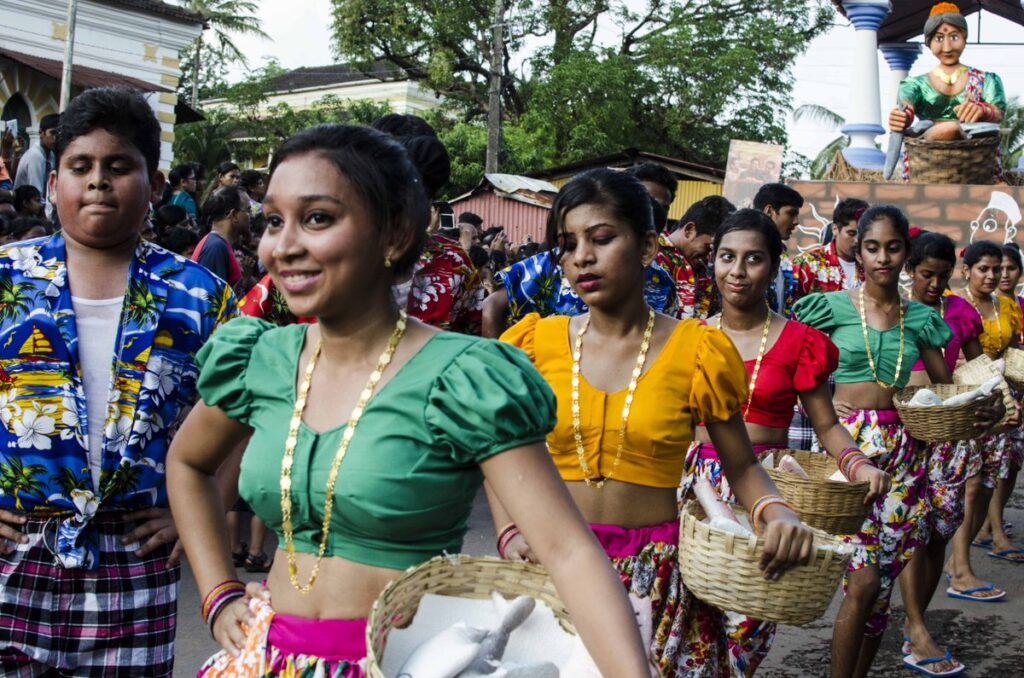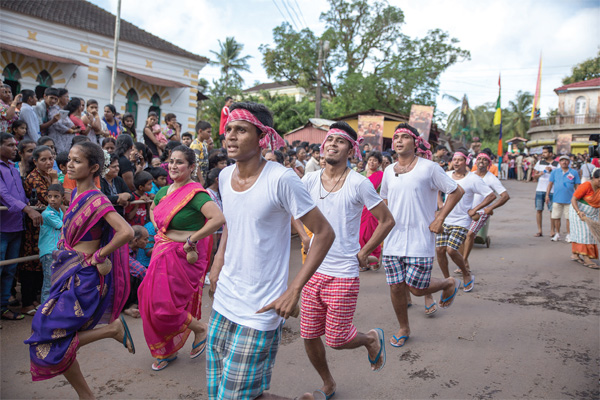
Immersed in the lush beauty of Goa, one of the smallest states of India, Divar Island throbs with life on the fourth Saturday of every August. Here, tradition and celebration fuse to birth Bonderam, a unique, colourful festival that attracts locals and visitors alike. Steeped in history and imbued with rich culture, this Festival of Flags traces its roots back to the 17th century.
As legend recounts, during the time of plague in Old Goa, also known as Goa Velha, the locals sought refuge on this serene island. Divar, home to three communities – Goathias, Sao Matias, and Piedade, frequently became a theatre of discord, with disputes over land and property brewing between them. To restore order and solve these land demarcation issues, the then ruling Portuguese introduced a flag system, giving birth to the tradition that later evolved into the Bonderam Festival. The word “Bonderam” itself is derived from the Portuguese word “Bandeira,” signifying “flag.”

However, disagreements persisted, and rival communities often knocked down each other’s flags, fanning the flames of discord. Bonderam, today, is a playful homage to this tradition, where locals symbolically knock down each other’s flags. Armed with toy bamboo weapons called “Fotash,” and using berries or peppercorns as missiles, they bring down the opposition’s flag. Although these toys were discontinued due to risk of eye injuries, they are still showcased in the parade as a nod to the festival’s origins.
As the first hints of daylight grace Divar Island, preparations for Bonderam Festival come alive. The island’s tranquillity gives way to joyous celebrations, with music enveloping the air and palpable anticipation pervading the atmosphere. The main festivities, kicking off at midday, commence with a vibrant flag parade, followed by a fancy dress and traditional float parade.
Each ward within the village contributes its own float, engaging in a friendly competition to outshine the others. Adding to the charm of Bonderam, these parades echo the fervour of the Carnival, complete with live bands that lend a rhythm to the day’s celebrations. This ‘susegado’ or laid-back state of India truly comes alive, with locals donning vibrant clothes, contributing to Bonderam’s colourful ambience.

People from neighbouring areas converge on Divar Island to partake in the festivities. Despite the large turnout, the crowd remains manageable and friendly, with police assistance readily available, ensuring a smooth celebration.
Should you decide to delve into the cultural extravaganza that is Bonderam, arrive at Divar Island before noon. A picturesque journey past verdant fields leads you to the Divar junction, where the flag parade begins.
Monsoons grace Divar with an unparalleled charm, turning the island into a green paradise, replete with rolling fields and hills. With rainfall enhancing its beauty, this island becomes a vision straight out of a postcard. Despite its secluded nature, Divar Island, located 12 kms from Panjim, is easily accessible by ferry from Old Goa and Ribandar.
Given that Bonderam coincides with the monsoons, carrying rainwear is a prudent decision. Wearing light cotton or Dri-Fit clothes instead of denim ensures comfort, as the latter becomes heavy when wet. Furthermore, carrying water and light snacks is advisable, especially for those planning to revel in the festivities till the parade concludes.

With its unique tradition, vibrant celebrations, and captivating history, Bonderam offers an enriching experience. It is a colourful tapestry of culture, tradition, and community spirit that resonates with the soul of Goa, offering a slice of the state’s rich heritage to every visitor.
So, pack your bags, don your vibrant attire, and immerse yourself in the ‘susegado’ spirit of Goa. Bonderam awaits, ready to ensnare you in its enchanting fervour. Embrace the culture, witness the grandeur, and be a part of a tradition that beautifully symbolises unity amidst diversity.


